Research-grade Raman spectrometer T64000 (Horiba)
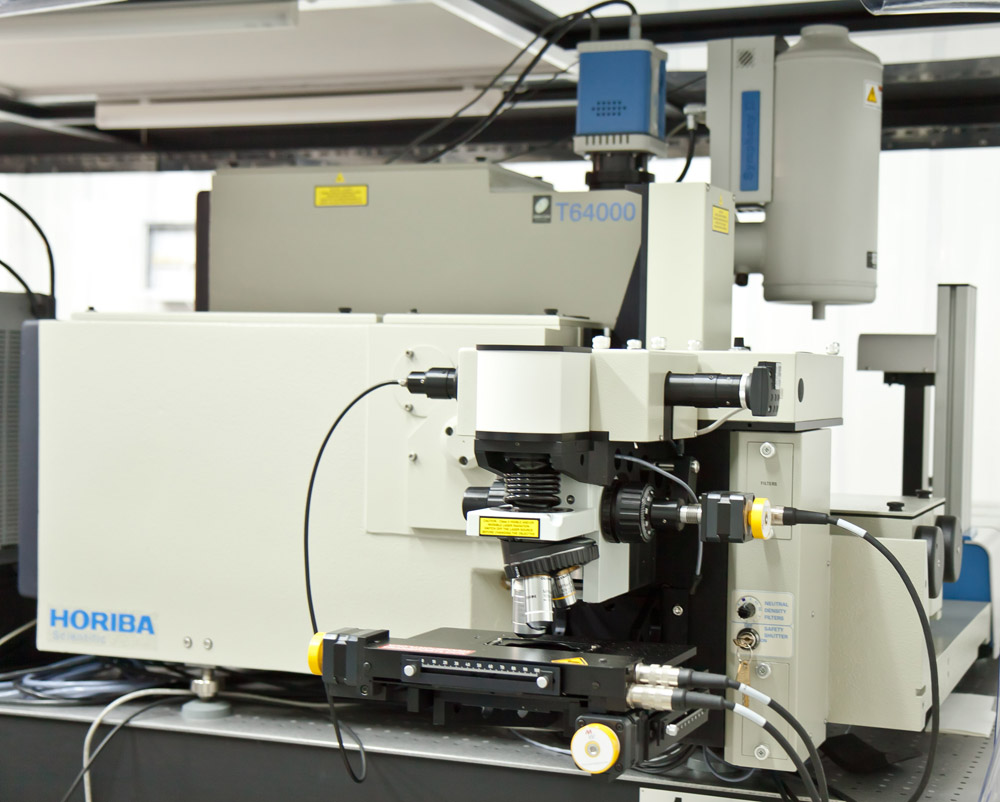
СThe T64000 system is designed to provide a versatile platform for Raman analysis. It has an integrated triple spectrometer design for unprecedented optical stability. The optical coupling is efficient and throughput is limited only by theoretical considerations.
High stray light rejection
Holographic notch filter technology provides a very good solution to laser rejection for visible wavelengths. However, there are acknowledged limitations to the use of these filters for work close in to the laser line. Even with specially developed low frequency accessories with many difficult samples it is still often impossible to obtain reliable data at 10 , 20 or 30 cm-1. In using the double subtractive configuration of the T64000, it is possible to obtain spectral information very close in to the laser line. The subtractive mode is ideal for studying such detail as LA modes in polymer systems and crystal lattice modes.
Ultra high resolution
With the use of the ultra-high resolution triple additive configuration of the T64000 triple system, it is possible to very accurately study the position of Raman bands. This is of particular importance for the measurements of stress in semiconductor materials such as GaN, SiC and diamond where stress induced shifts in the order of 0.1 cm-1 are often studied. The high resolution also offers the level of accuracy required for the authentication and certification of materials for Raman standards.
T64000 spectrometer is designed to register Raman spectra of solid and liquid samples with high optical resolution and the ability to obtain spectral information at low frequencies (up to 2 cm-1 from the line of the laser excitation).
List of applications to which T64000 can be applied includes thin film, solid state devices, biological chemistry, resonance Raman and photoluminescence.
Main features:
- The device contains a triple monochromator, adjusted for chromatic aberrations, with a focal length of 640mm
- The device operates in the following modes: the subtracting dispersion, the dispersion of addition and in single monochromator dispersion.
- The kit includes a set of holographic diffraction gratings 600 grooves/mm, 1800 grooves/mm and 2,400 grooves/mm
- The dispersion at a wavelength of 600 nm with the lattice 1800 grooves/mm in subtraction mode 0.64 nm / mm, in addition mode 0.21 nm / mm
- Spectral resolution at the wavelength of 600 nm with the lattice 1800 pieces / mm in the addition of 0.0055 nm (0.15 cm-1)
The confocal microscope conjugated to a spectrometer:
- Coverage: the visible and near-infrared light
- Spatial resolution 1 micron
- The limit of confocality 2 microns
- The kit includes objectives: 10x (0.25 mm aperture), 50x (0.5 mm aperture), 50x (0.75 mm aperture), 100x (aperture 0.9 mm) for the visible range; 40x (aperture 0 5 mm) for the UV range; 100x (aperture 0.9 mm) for the IR range
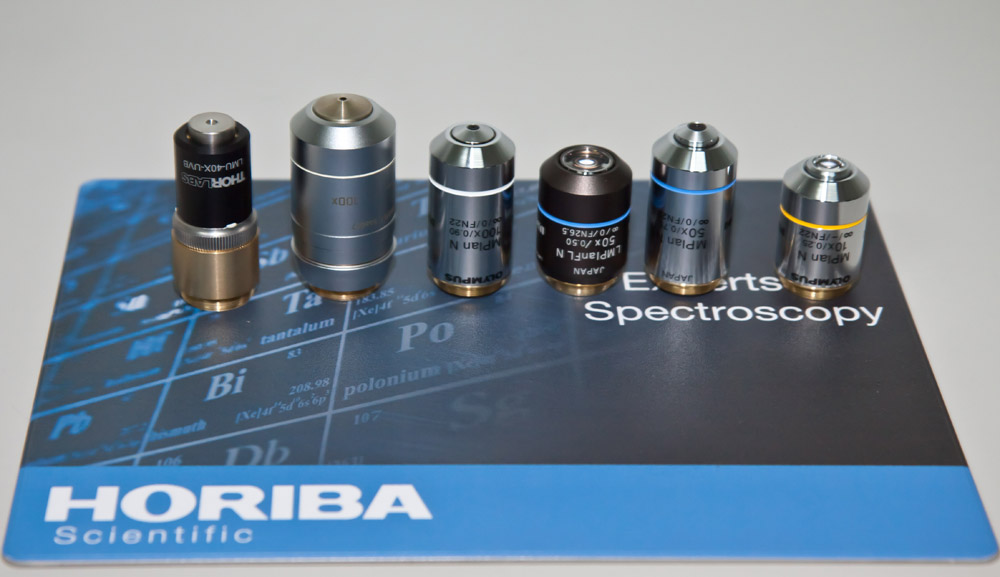
Excitation source:
- Diode laser with a wavelength 785 nm, 100 mW power, the width of the exciting line of 50 MHz
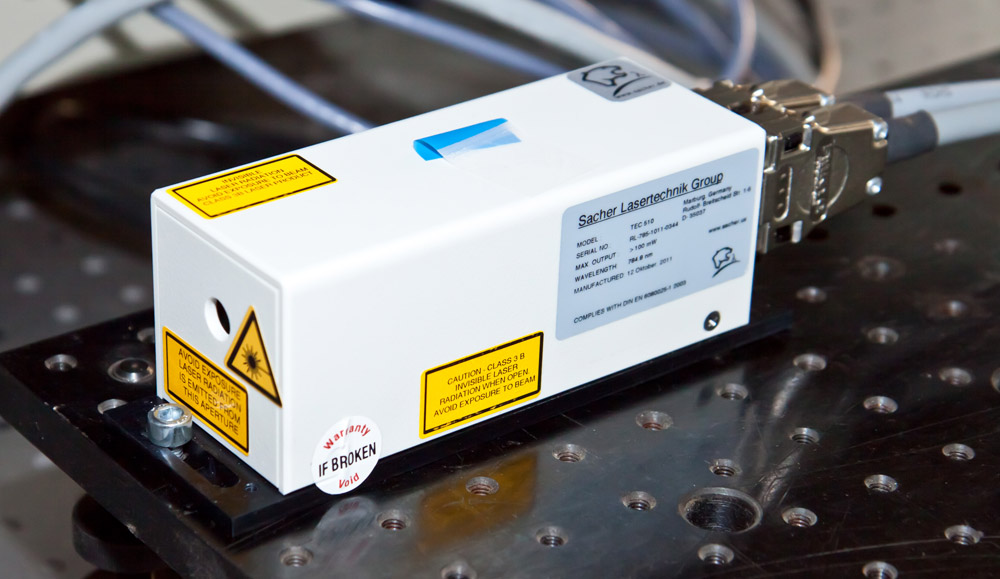 |
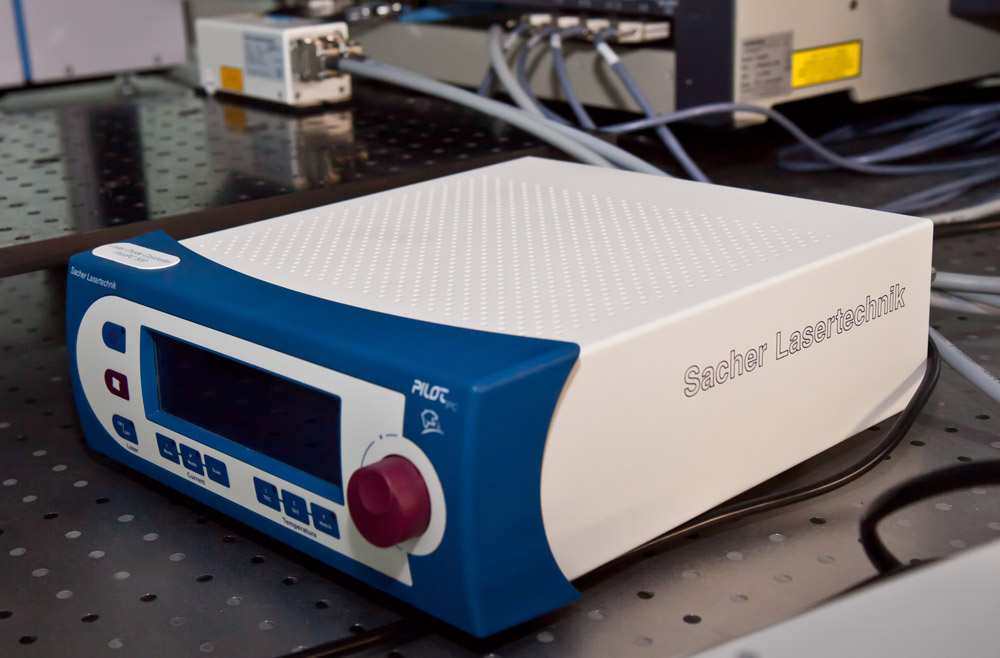 |
Detection system:
Multichannel CCD detector with Peltier elements cooling (-70°С):
- The detector is optimal for a range of 200 to 1050 nm
- Resolution 1024x256 pixels, a pixel size 26x26 mm, chip size 26,6 x6, 7 mm
- Quantum efficiency 30% in the spectral range from 500 nm to 800 nm
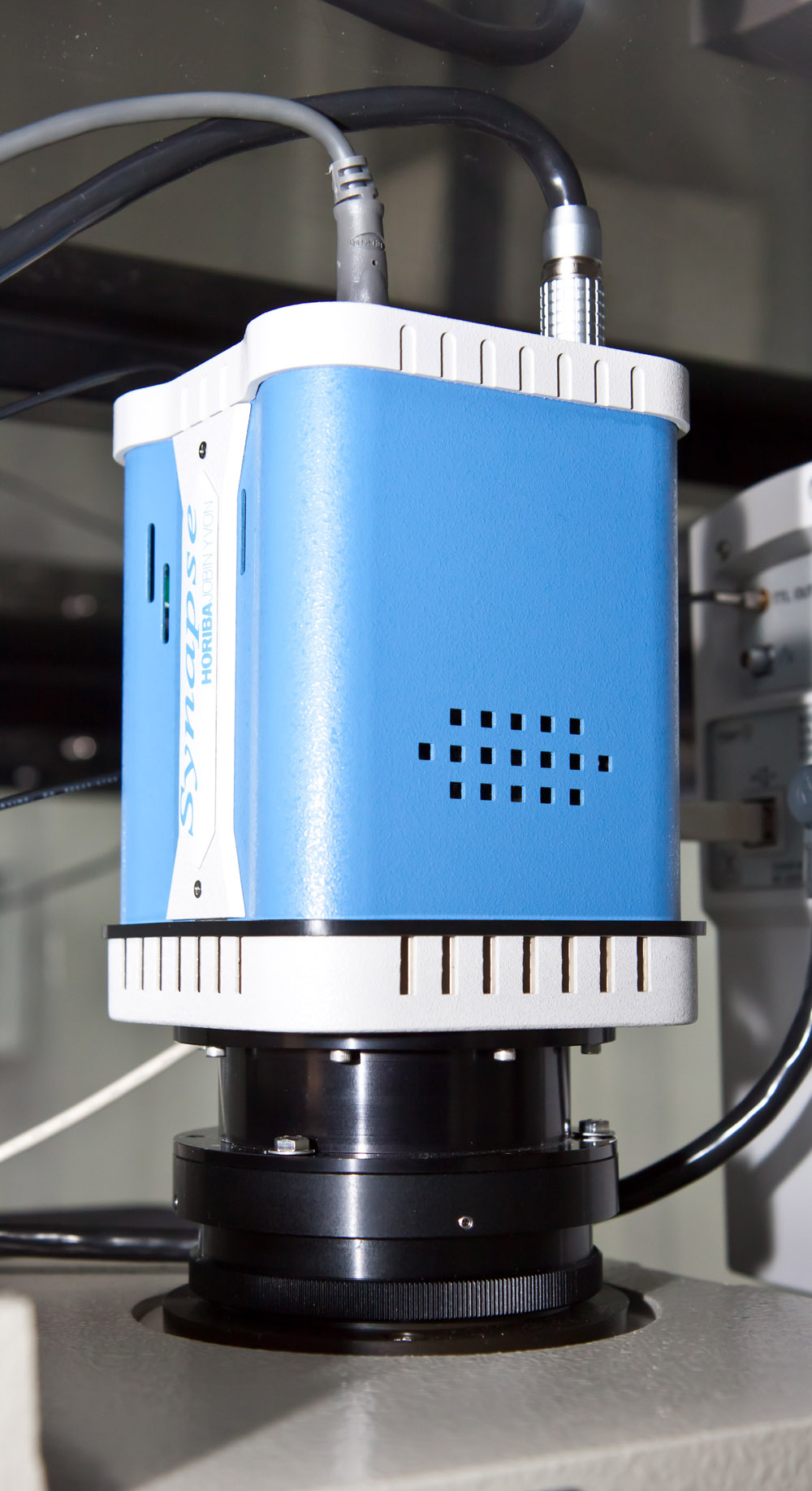
Linear detector cooled by liquid nitrogen:
- The detector photocathode is InGaAs, optimal spectral range from 800 nm to 1550 nm
- Resolution 1024 pixels, pixel size 50x50 mm, 25.6 mm work region
- Quantum efficiency 80% in the spectral range from 1000 nm to 1500 nm
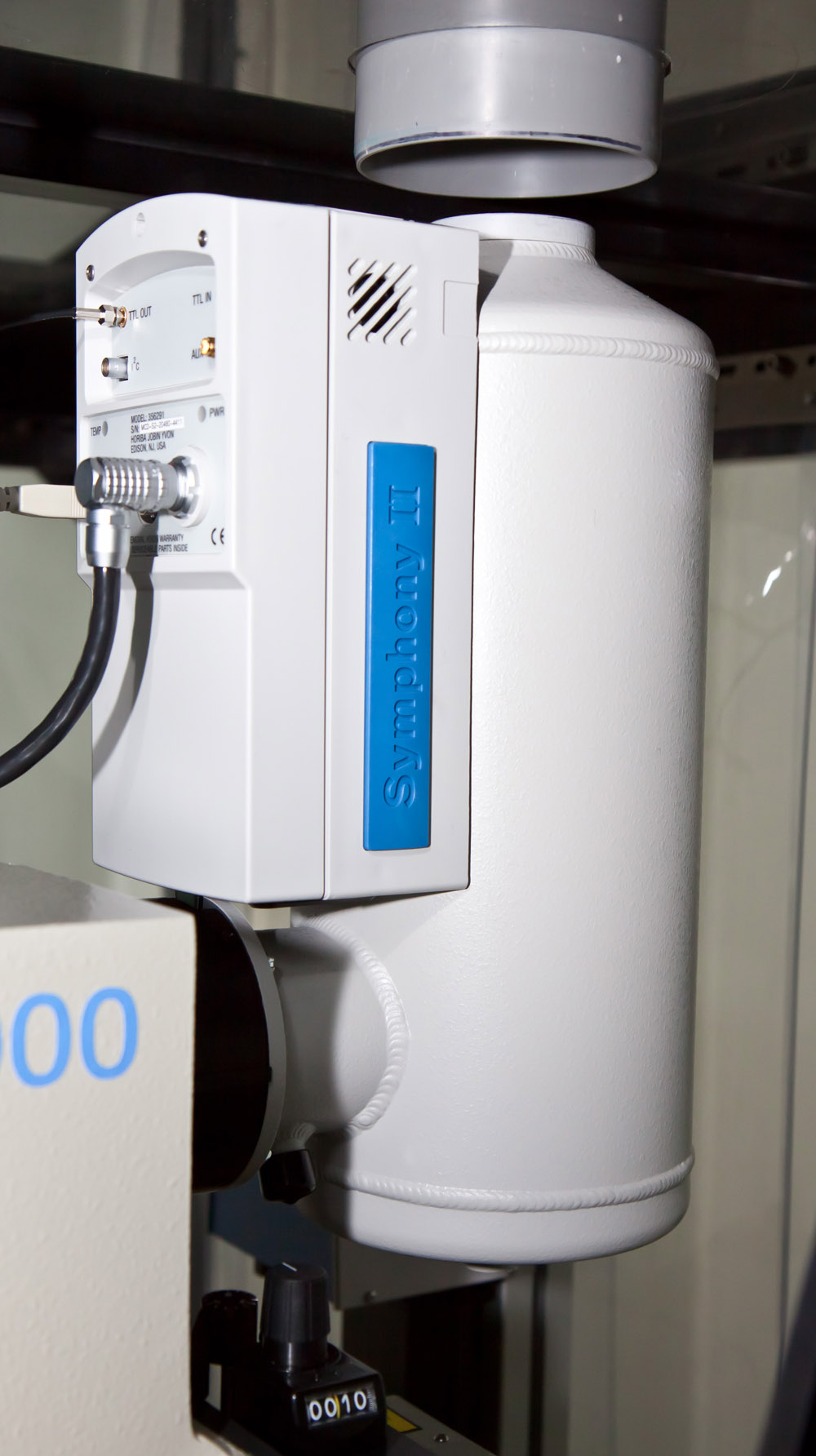
Information on the manufacturer's website

 English (UK)
English (UK)  Русский (РФ)
Русский (РФ)